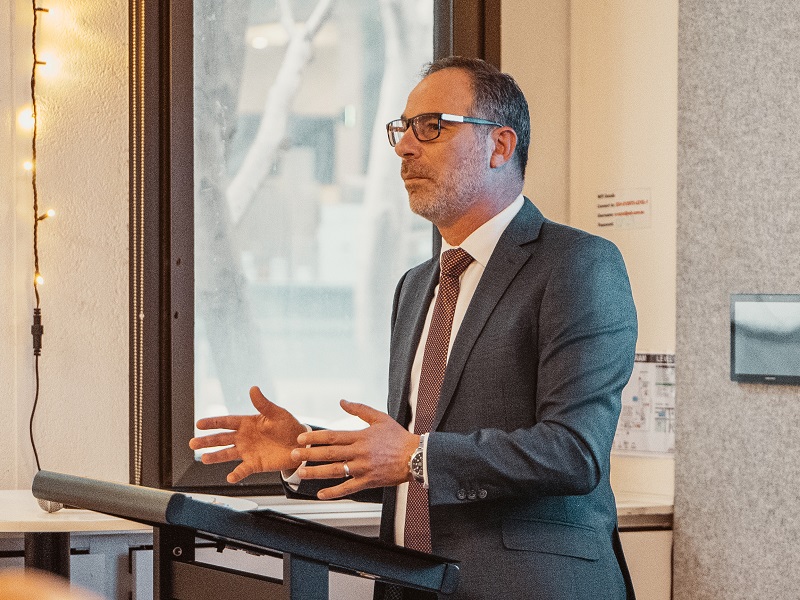The New South Wales government has begun a trial of network sensing technology on two major rivers in Sydney that promises to deliver more reliable flood and storm intelligence to emergency responders during severe weather events.
Researchers from the new UTS-TPG Network Sensing Lab will work with the NSW State Emergency Service (SES) to develop and test the technology, building on more than six years of research at the University of Technology Sydney.
The technology allows changes in flood levels to be monitored and predicted in real-time, by extracting localised weather data, including rainfall, water levels and river flows, from devices connected to TPG Telecom’s 5G network.

Using the NSW Spatial Digital Twin (SDT), data sourced from the network can then be combined with historical flood information from the Bureau of Meteorology to demonstrate changes to the landscape and built environment.
The SDT, which has been developed by the state government with the assistance of CSIRO’s Data61 since 2018, provides a virtual 4D representation of buildings and utilities, strata plans, terrain and property boundaries.
Last year, the Department of Customer Service enlisted Woolpert, a US-headquartered architecture, engineering and geospatial (AEG) and strategic consulting firm, to deliver the next set of features on the platform at a cost of $1.9 million.
Combined with artificial intelligence, the government said the data could also be used to predict risks to infrastructure and deliver better communication to communities cut off by flooding through targeted alerts.
The UTS-TPG Network Sensing Lab is currently trialling the technology along the Parramatta and Georges Rivers in Sydney using funding from Transport for NSW’s Smart Places Acceleration Program carve out of the Digital Restart Fund.
Announcing the trial at UTS on Tuesday, Customer Service and Digital Government minister Jihad Dib said the work represents a “significant step” forward in providing communities with reliable storm and flood information.
“This new technology will improve data-driven decision-making for first responders, filling an information gap that could make an important different in emergency situations,” Mr Dib, who doubles as Emergency Services minister, said.
UTS vice-chancellor Professor Andrew Parfitt said other applications for the technology that stem from the “landmark partnership” would also be explored through the TPG-UTS Network Sensing Lab, which opened on Tuesday.
“Thanks to NSW government support, our world-leading wireless research team, led by Distinguished Professor Jay Gao, can build on six years of research establishing the foundation for the flood and storm intelligence sensing system now in development,” Professor Parfitt said.
SES Commissioner Carlene York said the research project has the potential to deliver the timely and accurate information that is needed for emergency responders to make intelligence-driven decisions.
“This technology could give the SES access to real-time flood and storm intelligence data, potentially changing the way we are able to respond to disasters,” Ms York said.
“The real-time delivery of localised data from this new technology, and its capability to visualise the impacts of floods, could be applied to decisions relating to deployment of assets and personnel, warnings, evacuations, property protection, resupply and the provision of information and advice to community members.”
Do you know more? Contact James Riley via Email.

